How to fertilize raspberries will be determined by their appearance.
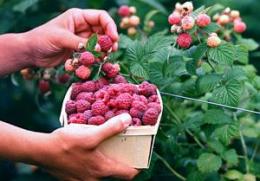
Since ancient times raspberries known as the richest source of vitamins and microelements. The exquisite taste and fragrant aroma of the berries appealed to not only children, but also adults. Delicious jams, compotes, and preserves are made from it. Thrifty housewives freeze the berries and dry them for the winter, so that during the cold season they can pamper their friends and loved ones with a healthy delicacy.
Content:
In order to grow healthy raspberries in your garden plot and get a decent harvest, you need to fertilize the plant. Raspberries should be fertilized with organic and mineral fertilizers every season.
Fertilizing with organic fertilizers
Organic fertilizers contain many microelements necessary for plant growth and development: calcium, potassium, nitrogen, phosphorus. They are easily digestible and influence the fruiting result.
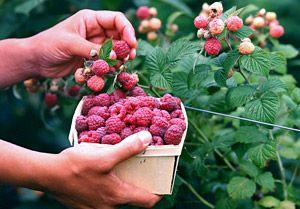
The preferred organic fertilizer is rotted manure. It can be used for feeding in autumn or spring at the rate of 6 kg/m2. It is better to apply unrotted manure under the plant in the fall. It will completely rot over the winter and add strength to spring growth, and in severe frosts it will warm the raspberry roots.
The best option for organic fertilizer is considered to be bird droppings, in particular chicken. It is best to use it in the form of liquid organic matter in the fall, spreading it evenly over the entire area of the raspberry tree.
Rotted compost gives a good effect.In terms of its characteristics, it is not inferior to manure. To obtain good quality compost, bird droppings, tree leaves, manure, corn cobs, peat, and garden weeds are used. When composting, the organic mass is saturated with important nutrients for the plant - nitrogen, potassium, phosphorus, and harmful microflora is disinfected. The finished compost is applied under the raspberry bushes at the rate of 10 kg/m2.
Peat can be used to fertilize raspberries. It contains a small percentage nutrients, but it improves the soil structure, helping to increase fruiting. This type of fertilizer can be applied at any time.
Fertilizing with mineral fertilizers
It is advisable to fertilize with mineral fertilizers in the spring. Potassium salt, nitrogen fertilizers and superphosphate are well suited for these purposes.
Superphosphate and potassium salt affect raspberry yields. Potash fertilizers can be completely replaced by ordinary wood ash. Its chemical composition contains useful microelements and therefore it is very nutritious for raspberries. Ash does not contain chlorine, which has a negative effect on the plant. It is enough to add 150 g/m2 and the result will be obvious. Ash as a top dressing is applied in dry or soluble form.
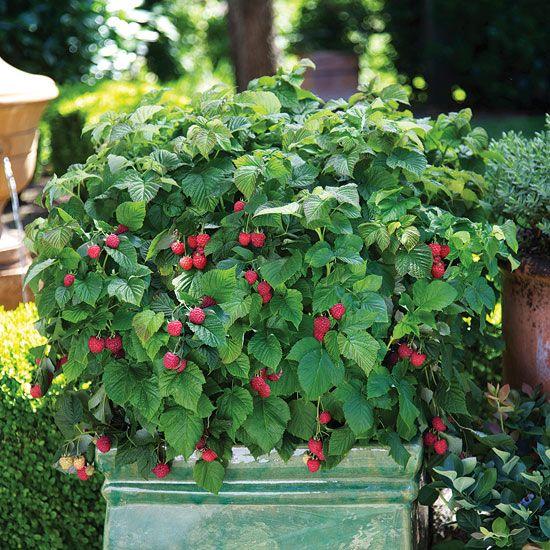
Nitrogen fertilizers are also applied to raspberries in the spring (10g ammonium nitrate and 8g urea per 1 m2).
Phosphorus is rarely used to feed raspberries. But if necessary, it should be applied in early spring or before winter.
Can be used mineral fertilizers in complex. To do this, add 30g of ammonium nitrate, 60g of superphosphate, 40g of potassium salt to a bucket of water. Mineral fertilizers can be applied at one time or divided into two times - 2/3 in the spring, the rest - in early summer.
A combination of organic and mineral fertilizers is beneficial for raspberries. For this purpose, prepare a mixture of manure (1.5 kg), nitrogen (3g), potassium (3g), phosphorus (2g), per 1 m2.
Doses of fertilizers need to be adjusted based on the development of the bush and the yield of berries. If the shoots are sufficiently thick and reach a height of two meters, and the yield is 1-1.2 kg per bush, this means that fertilizing was done correctly and there is no need to increase the dose. If the yield is much lower, the dose of fertilizer should be increased.
Appearance will tell
By the appearance of the plant, you can identify which important elements it lacks and which are in excess:
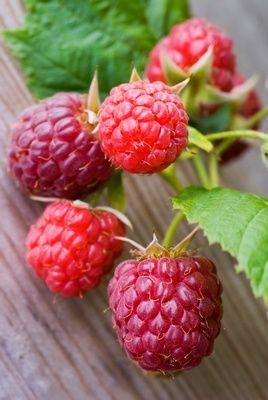
- small yellowed foliage. If the leaves of a plant fade and stop growing, the cause is a lack of nitrogen;
- large leaves of dark color. Excess nitrogen in the soil leads to rapid growth of shoots and leaves. This is fraught with shedding of unripe raspberries and a decrease in the level of fruiting;
- brown leaves, as if burned around the edges. The plant becomes covered with brown leaves, which indicates that it lacks potassium. If this element is deficient, the plant does not tolerate winter well;
- thin shoots. If the plant produces weak and thin shoots, it means a lack of phosphorus;
- yellowed leaves, poor growth. If the plant grows poorly and the leaves begin to turn intensely yellow from the center to the edge of the leaf, this means a lack of magnesium;
- yellowish leaf with a green vein. This condition of the leaves indicates a lack of iron.
By identifying signs of a lack of important elements, you can correct the situation in time and improve the growth and development of the plant. At the same time, significantly raspberry yield will increase, the berries will be larger, more aromatic and sweeter.

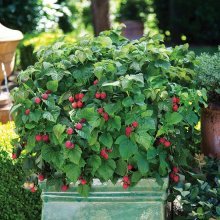
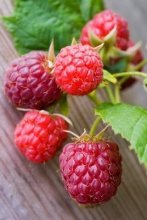
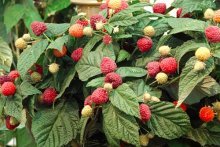
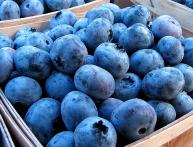
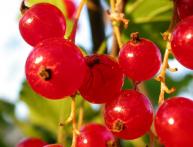
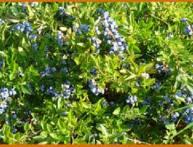
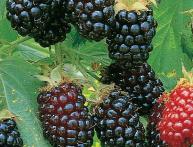
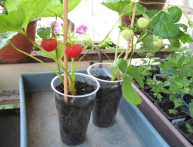
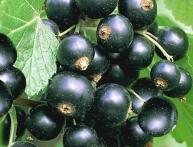
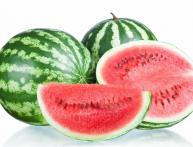
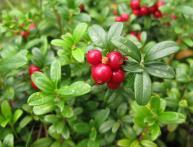
Comments
Raspberries are the queen of the garden!
And of course I always want to get a good, healthy, beautiful, big harvest.
Very valuable information for identifying which microelements raspberries lack.
I not only read this article with interest, but also saved it in the garden archive. Quite interesting, now I will carefully look at the condition of not only the berries. but also for the entire plant as a whole.
This spring I fertilized raspberries with ash - I simply sprinkled them on the soil before the rain so that the wind would not blow them away. Ash is generally a very good fertilizer for many crops, and most importantly, harmless and cheap.